Vul. Dudaieva, 08 – Lviv State University of Physical Education building
The premises occupy a corner of a residential building located where Dudaev intersects Kovzhun Street, and consists of two structures: the original edifice designed and built in 1884 by Alfred Kamienobrodzki and WładysławHalicki, and the addition, built in 1906 and designed by Kamienobrodzki. Until 1939, the buildings belonged to the Sokil Gymnastics Society. After 1945, it was transferred to the ownership of The Lviv State Institute (currently, University) of Physical Culture.
Architecture
The sports facility is set into the corner of a residential structure. The Pi-shaped building has a small interior courtyard and is formed by two edifices abutting one another which, as is observable from their differing architectural forms, were constructed during different historical periods. The original structure is two-story construction built from the corner; the later addition is partly a two- and partly three-story construction and extends the northern façade of the original, giving the complex its elongated look (from the Kovzhun Street side). The original façade faces Dudaev Street, continuing around the corner onto Kovzhun.
The structure has three entrances; the main – from the Dudaev side – is capped with a gabled Romanesque tower. The Latin “T” and “S” mounted on the tympanum-pediment serve to indicate the building’s purpose. A second entrance from the Dudaev-Kovzhun corner is topped by a spired tower and weather vane. Both entrances have preserved their original wooden doors engraved with stylized cartouches repeating the interwoven “T & S” motif. The restrained architectural ensemble allows the building to blend well with the residences surrounding it. The first story exterior is finished in rustic-style, and the second in partitioned pilasters with “S”-filled cartouches in the capitals. The façade design employs a commonly encountered form of arsenal renaissance architecture.
The architectural composition of the later structure and the design of its façade are reflective of the period. The structure is divided into two sections: the right in a two-story arrangement, the left in three stories, although the overall height remains consistent. The first floor has inset arcuated windows capped in wedge-shaped cornices and decorative masonry. The remaining windows are rectangular in shape, and ornamented with square cornices and lines.
Pilastered corners accentuate the building’s left profile, and the castle stone arcuated entrance located here is topped with a squared window. The entire façade is done in a rustic style, and ornamented with a rosette frieze and glyphed cornices. The Kovzhun-side culminates in a so-called “Polish attic”, or cornice, a motif which enjoyed great popularity in Lviv at the beginning of the 20th century. (Lviv Architecture, 2008, 315; Trehubova, Mikh, 1989, 185.)
The complex houses six training rooms, the two largest occupying the upper floor, and the four smaller, located on the lower floor in rooms with arched ceilings. The original interior staircase banister has also been preserved.
Related Places
Personalities
Jan Dobrzański. Head of the Sokil Gymnastic Society from 1871-1886, responsible for the Society’s building projects on Zymorovych and Sokil Streets.
Władysław Halicki. Architect of the Sokil Athletic Center project of 1883.
Alfred Kamienobrodzki. Architect of the Sokil Athletic Center projects of 1883 and 1906.
Stanisław Szytyliński. Sokil Gymnastics Coach.
Marie Achilles. Sokil Fencing Coach.
Kuchar, Tadeusz, Karol, Władysław, Wacław, Mieczysław, Zbigniew. Sokil gymnastics alumni who would go on to athletic success.
Viktor Chukarin. Gymnast, two-time overall Olympic champion (1952, 1956), winner of 11 Olympic medals.
Dmytro Leonkin. Gymnast, 1952 Olympic champion.
Serhiy Spyrydonov. Wrestler, multiple champion of the Soviet Union, late 1940s.
Serhiy Rybalko. Wrestler, two-time world lightweight champion.
Ivan Komarov. Fencer, sabreur, competitor in the 1952 Olympic Games.
Vasyl Stankovych. Fencer with the rapier, Olympic medalist, multiple champion of the USSR.
Sources
Lviv Oblast State Archive – Volume 2, Register 1, Case 7129. Print.
Kordiak, Julian. Champions Live in Lviv: Article Abstracts. Lviv: Kamenyar Publishing, 1980. 20,24. Print.
Trehubova, Tetyana and Roman Mykh. Historical Architecture Outline. Kyiv: Budivelnyk, 1989. 185-186.
Vatseva, Oksana. Abstracts from the History of Sport in Western Ukraine. Ivano-Frankisvsk: Lilea-NV, 1997. 14-17. Print.
Architecture of Lviv: Times and Styles. Edited by Biriuliow, Yuriy. Lviv: Center of Europe Publishing, 2008. 720 s. Print.
Biriuliow, YuriyArchitektura Lwowa XIX w.Kraków: Antyka, 1997.82.Print.
Bryl, Jacek. Wacław Kuchar. Warszawa: Krajowa Agencja Wydawnicza, 1982.11-12. Print.
Czterdziestolecie, Cepnik N. “Sokoła” Lwowskiego. 1867-1897. Lwów: 1907.11-13, 16, 27. Print.
Dziędzielewicz, Antoni. Trzydziestolecie Polskiego Towarzystwa Gimnastycznego “Sokół” we Lwowie. 1867-1897. Lwów: 1899.5, 7. Print.
Michalski, Cz. ”Powstanie i działalność Towarzystwa Gimnastycznego “Sokół” we Lwowie w drugiej połowie XIX I na początkach XX wieku”. Lwów: miasto, społeczeństwo, kultura. – Tom II: Studia z dziejów Lwowa.Kraków:
Wydawnictwo Naukowe WSP, 1998. 457-452. Print.
PrzewodnikGimnastyczny “Sokoł”. Nr 5 (1881):39. Print.
Statut Towarzystwa Gimnastycznego “Sokół” we Lwowie.Lwów: 1867. Print.
Nowak J. Geneza rozwoju kształtowania nauczycieli wychowania fizycznego w Polsce do r. 1939. Poznań, 1991.9. Print.
Toporkiewicz K., & Wenanty Piasecki. 1832-1909. „Szkic życia i działalności w zakresie wychowania fizycznego”.Rocznik Naukowy WSFW w Krakowie. 1987, T. VI.79-80. Print.
Wolańczyk, Marjan. Macierz “Sokół” w 60-letnim rozwoju (1867-1927).Lwów: 1927.31. Print.
Media Archive Materials
Related Pictures
-
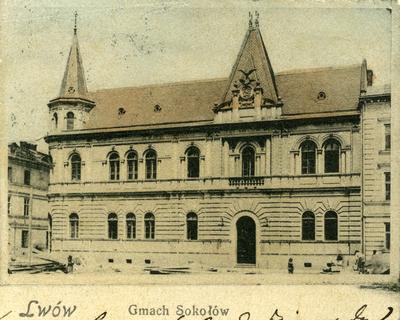 Будинок товариства "Сокіл" на вул. Дудаєва, 8
Будинок товариства "Сокіл" на вул. Дудаєва, 8
-
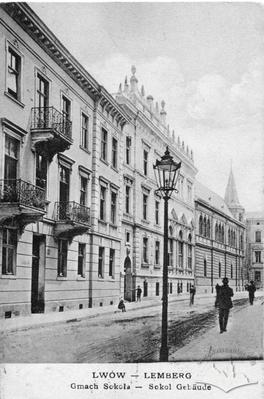 Будинок "Сокола"
Будинок "Сокола"
-
 Будинок на вул. Дудаєва, 8. Фоторепродукція
Будинок на вул. Дудаєва, 8. Фоторепродукція
-
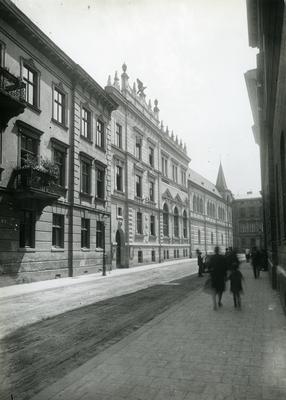 Будинок на вул. Ковжуна, 11. Фоторепродукція
Будинок на вул. Ковжуна, 11. Фоторепродукція
-
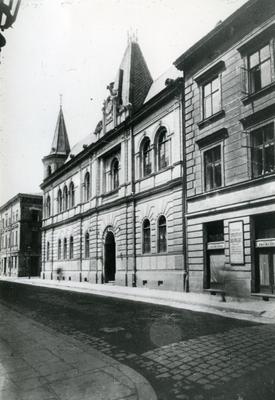 Будинок на вул. Дудаєва, 8. Фоторепродукція
Будинок на вул. Дудаєва, 8. Фоторепродукція
-
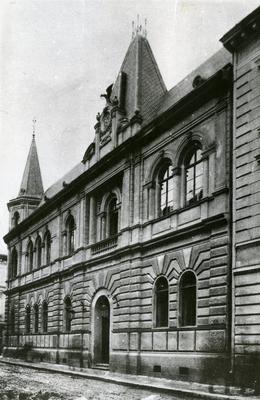 Будинок на вул. Дудаєва, 8. Фоторепродукція
Будинок на вул. Дудаєва, 8. Фоторепродукція
-
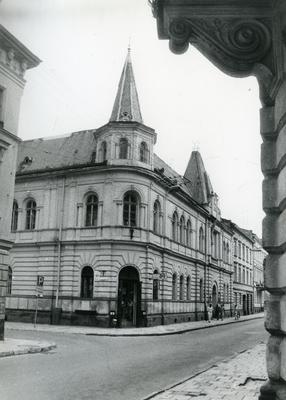 Будинок на вул. Дудаєва, 8
Будинок на вул. Дудаєва, 8
-
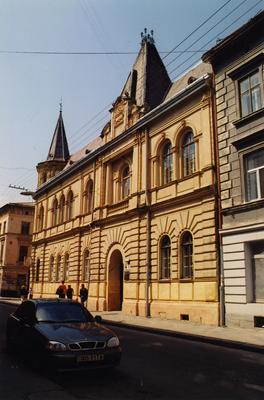 Будинок на вул. Дудаєва, 8
Будинок на вул. Дудаєва, 8
-
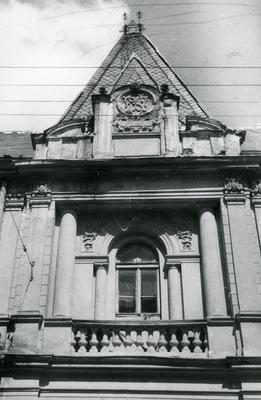 Завершення будинку на вул. Дудаєва, 8
Завершення будинку на вул. Дудаєва, 8
-
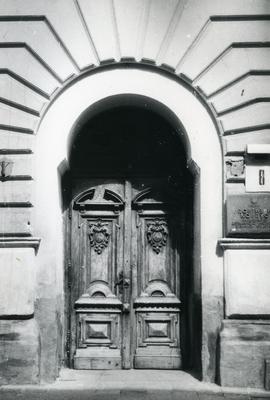 Вхідна брама будинку на вул. Дудаєва, 8
Вхідна брама будинку на вул. Дудаєва, 8
-
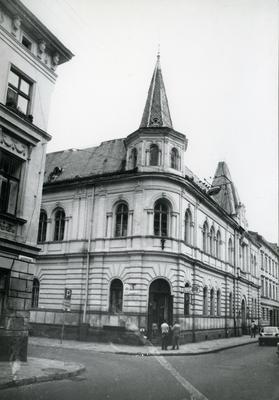 Будинок на вул. Дудаєва, 8
Будинок на вул. Дудаєва, 8
-
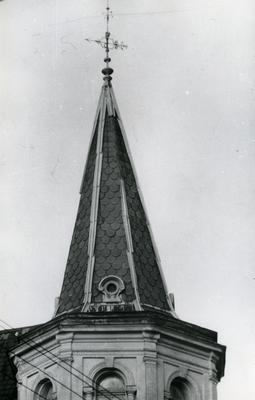 Завершення будинку на вул. Дудаєва, 8
Завершення будинку на вул. Дудаєва, 8
-
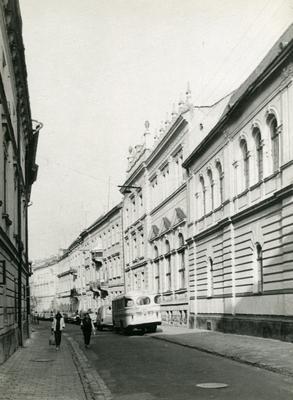 Вулиця Дудаєва
Вулиця Дудаєва
-
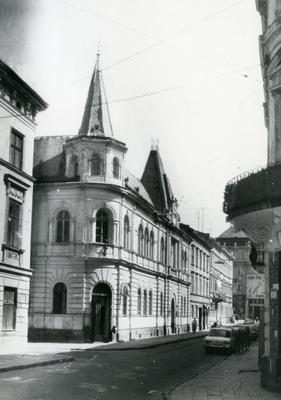 Будинок на вул. Дудаєва, 8
Будинок на вул. Дудаєва, 8
-
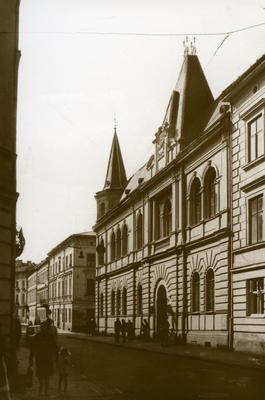 Вулиця Дудаєва
Вулиця Дудаєва







